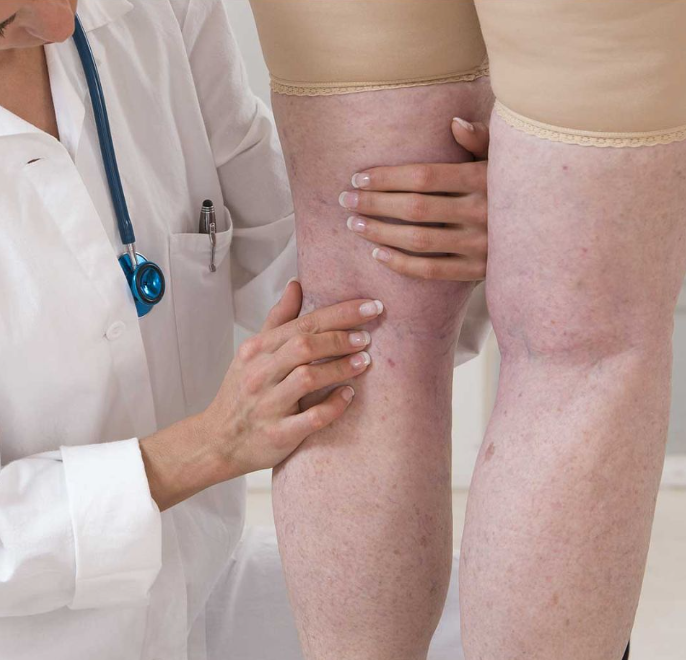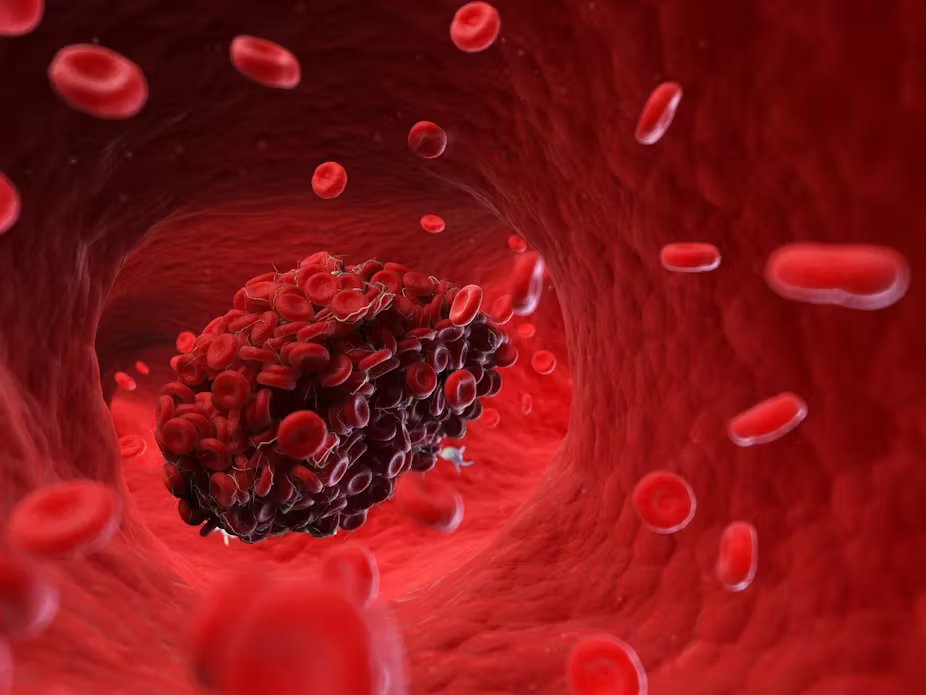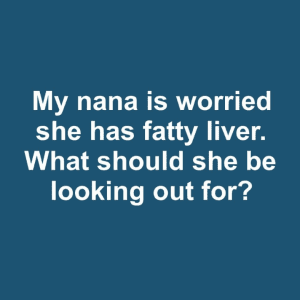Blood clots are a serious medical condition that can lead to severe complications if not addressed promptly. Identifying the signs early and knowing what actions to take can save lives. In this article, we’ll cover the seven most common signs of a blood clot and what you should do if you suspect one.
Understanding Blood Clots

A blood clot, medically known as a thrombus, forms when blood turns into a semi-solid mass, either in a vein or artery. While clotting is essential to stop bleeding after injury, abnormal clotting inside blood vessels can block normal blood flow. This can lead to dangerous conditions such as deep vein thrombosis (DVT) or pulmonary embolism. Recognizing these signs early is critical for seeking the right treatment.
Common Signs of a Blood Clot
Being aware of the signs of a blood clot can help you take quick, life-saving action. Below are seven key indicators that something may be wrong.
Sign 1: Swelling in the Affected Area
One of the most common signs of a blood clot, particularly DVT, is swelling, often localized in one leg or arm. This swelling happens because the clot blocks the blood flow, causing fluid to build up in the tissues. If you notice unexplained swelling, especially if it’s only on one side, it’s time to take it seriously.
Sign 2: Pain or Tenderness
Experiencing pain or tenderness in the affected area, especially the legs, can indicate a blood clot. This pain may start in the calf or thigh and is often mistaken for a muscle cramp. The discomfort tends to worsen with time and may feel more pronounced when walking or flexing the muscles.
Sign 3: Red or Discolored Skin
Another telltale sign of a blood clot is a change in skin color over the affected area. You may notice redness, but in some cases, the skin can develop a bluish or purplish hue. This happens because the blocked blood flow alters circulation in that part of the body. In addition to the color change, the skin may feel warm or hot to the touch.
Sign 4: Warmth in the Affected Area
Warmth over the site of the clot is another sign that should not be ignored. Inflammation caused by the clotting process often leads to a sensation of heat in the area, usually accompanied by swelling and pain. If the area feels unusually warm compared to the rest of the body, this is a potential red flag.
Sign 5: Sudden Shortness of Breath
If a blood clot breaks loose and travels to the lungs, it can cause a pulmonary embolism. One of the first symptoms of this life-threatening condition is sudden shortness of breath. This should be treated as a medical emergency, especially if accompanied by dizziness or fainting. If you experience shortness of breath without a clear reason, it’s crucial to seek immediate help.
Sign 6: Chest Pain or Discomfort

Sharp, stabbing chest pain that worsens with deep breaths or coughing may signal a blood clot in the lungs. This type of clot, called a pulmonary embolism, can be fatal if not treated right away. If you feel chest pain along with other symptoms like shortness of breath or rapid heart rate, don’t wait—call emergency services immediately.
Sign 7: Rapid Pulse or Heart Rate
A rapid pulse, also known as tachycardia, can occur when the heart is under stress from a blood clot. This is the body’s way of compensating for the clot’s impact on circulation. If you notice a fast or irregular heartbeat, especially in combination with any of the other symptoms mentioned, it’s critical to consult a healthcare provider immediately.
What to Do If You Suspect a Blood Clot

If you experience any of the signs of a blood clot, it’s essential to act fast. Avoid massaging or rubbing the affected area, as this can cause the clot to dislodge and travel to other parts of the body, such as the lungs or brain, leading to even more severe complications. Here’s what you should do:
- Seek Immediate Medical Attention: Call your healthcare provider or go to the emergency room as soon as possible. Blood clots can escalate quickly, and early diagnosis is key to avoiding more serious conditions.
- Medical Evaluation: Doctors may use ultrasound, blood tests, or other imaging techniques to confirm whether a clot is present. Once diagnosed, treatment usually involves blood thinners (anticoagulants) to prevent further clotting. In severe cases, surgical intervention might be required.
Preventing Blood Clots

While you can’t always prevent a blood clot, there are several measures you can take to reduce your risk. Leading a healthy lifestyle is crucial:
- Stay Active: Regular exercise helps maintain good circulation and prevents blood from pooling in your veins. If you sit for long periods, such as during travel or at work, take frequent breaks to move around.
- Stay Hydrated: Dehydration thickens your blood, increasing the likelihood of clots forming. Drink plenty of water, especially in hot weather or during long flights.
- Avoid Prolonged Immobility: Extended periods of immobility, such as sitting during long flights or bed rest, increase your risk for DVT. When possible, get up and move regularly.
- Maintain a Healthy Weight: Obesity increases the risk of clot formation, as extra weight can put pressure on the veins and slow down blood flow.
- Quit Smoking: Smoking is a significant risk factor for blood clots, as it damages blood vessels and alters circulation. Quitting smoking can drastically reduce your risk.
- Discuss Preventive Medications: For those at high risk of blood clots, such as people with a family history or previous clotting issues, doctors may recommend taking anticoagulants as a preventive measure.
Conclusion: Recognize the Signs and Act Quickly
Blood clots are a medical emergency that require immediate attention. Knowing the signs and symptoms can help you act quickly and prevent serious complications. If you suspect a blood clot, avoid self-treatment and seek professional medical advice as soon as possible. Prevention is key, so be sure to lead an active lifestyle, stay hydrated, and manage your risk factors. By understanding the symptoms and taking preventive measures, you can protect your health and reduce the likelihood of blood clots.


